The World Tourism Organization UNWTO, declared India`s Dhordo the best tourism village among 54.
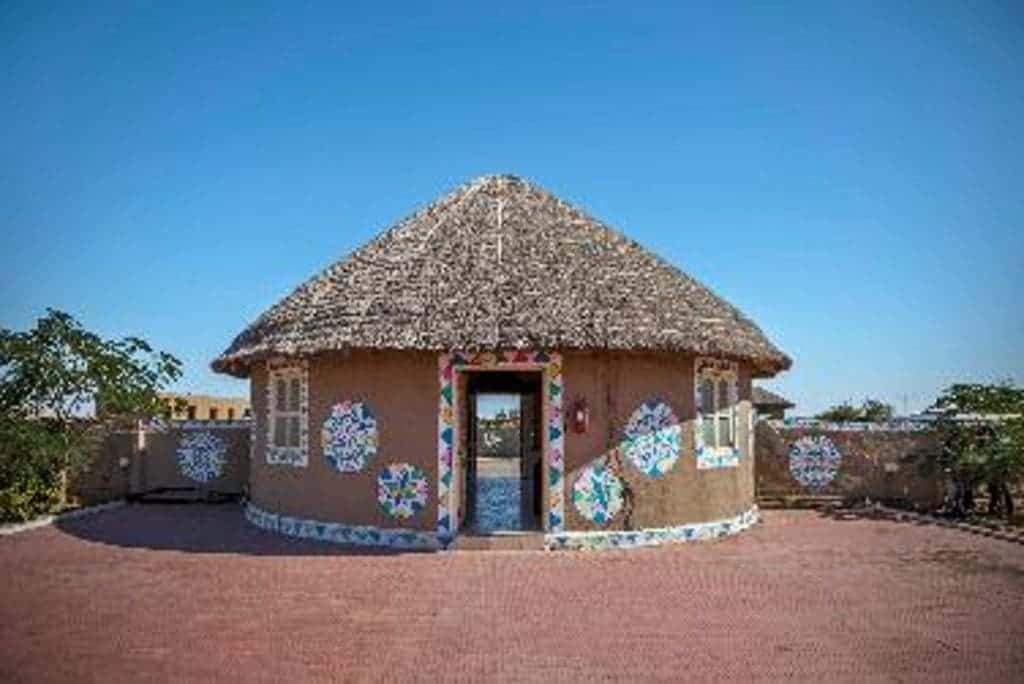
The World Tourism Organization (UNWTO) has announced its listing of Top Tourism Villages 2023. The accolade recognizes villages that are leading the way in nurturing rural areas and preserving landscapes, cultural diversity, local values, and culinary traditions.
In this third edition, 54 villages from all regions were selected from almost 260 applications. A further 20 villages have joined the Upgrade Programme, and all 74 villages are now part of the UNWTO Best Tourism Villages Network. The villages were named during the UNWTO General Assembly, taking place this week in Samarkand, Uzbekistan.
8 distributing benefits across regions,” emphasizes UNWTO Secretary-General Zurab Pololikashvili. “This initiative acknowledges villages that have harnessed tourism as a catalyst for their development and well-being.”
A global network of local communities
Launched in 2021, this UNWTO initiative is part of the UNWTO Tourism for Rural Development Programme. The Programme works to foster development and inclusion in rural areas, combat depopulation, advance innovation and value chain integration through tourism and encourage sustainable practices.
As in previous editions, the villages are evaluated under nine key areas:
Cultural and Natural Resources; Promotion and Conservation of Cultural Resources; Economic Sustainability; Social Sustainability; Environmental Sustainability; Tourism Development and Value Chain Integration; Governance and Prioritization of Tourism; Infrastructure and Connectivity; Health, Safety, and Security.
India’s Dhordo Village
From Salty marshland to an Iconic destination of the Western Indian Subcontinent – Dhordo, in the Rann of Kutch, has become the face of Gujarat’s development. Tourism has projected this formerly nondescript village onto the world tourism map.
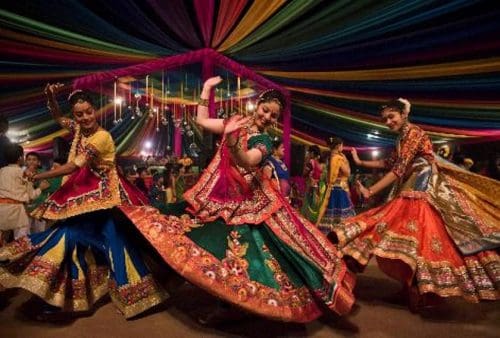
The village must be commended for its achievements especially considering that it faces environmental and geographic extremities making development in the area extremely challenging.
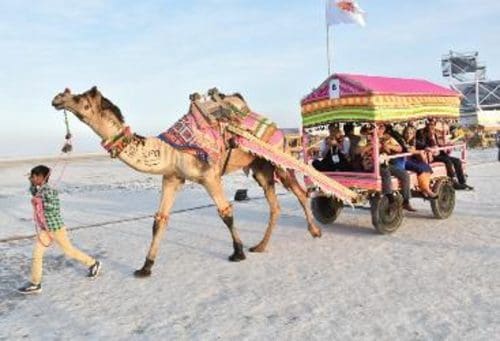
The introduction of Rann Utsav has been one of the turning points for the village. Rann Utsav is a 4-month long annual festival that takes place between November to February in the Tent City. When launched visitor footfall increased from 5,000 to 7,000. This one tourist event in the village has had a catapultic effect on the rural society with incomes growing exponentially along with the self-esteem of the locals.
Traditional homes called Bhungas, are used by locals and are also promoted as tourist lodging offering an insight into the local experiences. Bhungas are circular mud huts, which hold the integral character of Gujarat’s Kutch desert regions. These dwellings are climate-resistant and have immense structural stability if hit by earthquakes.
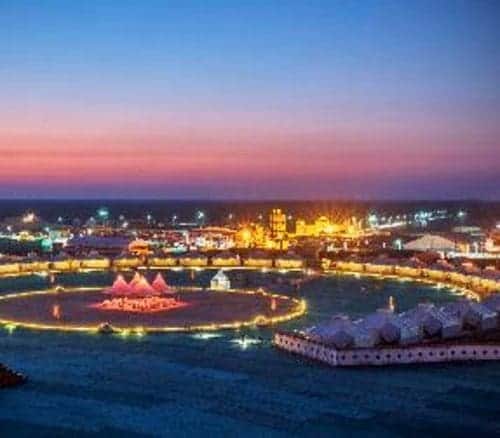
The creation of Banks, and ATMs and advances in digital transactions have greatly increased. Additionally, at present, the village allows 100% coverage of digital cashless transactions through Gpay and PhonePe to make payments more accessible for tourists.
The initiative comprises three pillars:
Best Tourism Villages by UNWTO: Recognizes outstanding rural tourism destinations with accredited cultural and natural assets, a commitment to preserving community-based values, and a clear commitment to innovation and sustainability across economic, social, and environmental dimensions.
Best Tourism Villages by UNWTO Upgrade Programme: Supports villages on their journey to meet recognition criteria, helping in areas identified as gaps during evaluation.
The Best Tourism Villages Network: a space for exchanging experiences and good practices, learning, and opportunities among its members, and it is open to contributions of experts and public and private sector partners engaged in the promotion of tourism as a driver for rural development.
The Network enlarges every year and aims at becoming the largest global rural network: with the announcement today of these 74 new members, 190 villages are now part of this unique Network.
Argentina- La Carolina Village
The village of La Carolina is a long, rustic, cobbled street, surrounded by stone houses that retain their colonial style and the nostalgia of having been the birthplace of legendary gold seekers. The fever for gold mining left behind only mine shafts, excavations, and old miner stories.
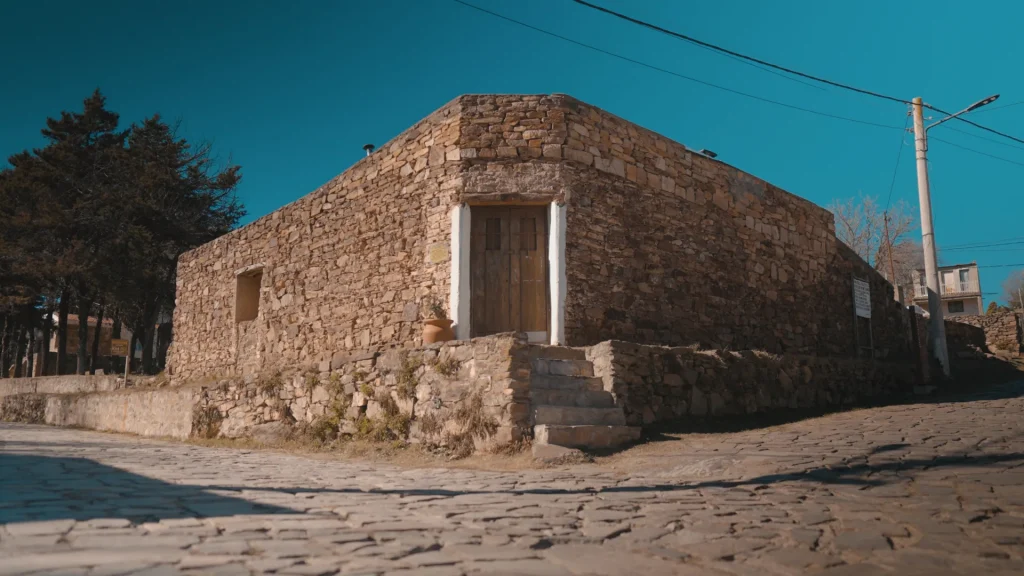
La Carolina is located 86 km from the city of San Luis, at an altitude of about 1,600 meters above sea level. The village, born out of the desire to exploit mineral resources, was named “La Carolina” in honour of Carlos III of Spain.
La Carolina is a living testament to the splendour of gold mining. Due to its unique characteristics in San Luis province and Argentina, La Carolina was recognized as one of the “authentic villages” in the country, a recognition reserved for places with well-preserved and managed historical heritage.
One of the main natural and cultural attractions is the cave “Inti Huasi” or “House of the Sun,” where records of aboriginal cultures dating back 9,000 years have been found. This cave is considered one of the most important prehistoric archaeological sites in America and is visited by thousands of people every year.
Best Tourism Villages 2023
The list of by UNWTO 2023 is as follows (by alphabetic order):
Al Sela, Jordan; Barrancas, Chile; Biei, Japan; Caleta Tortel, Chile; Cantavieja, Spain; Chacas, Peru; Chavín de Huantar, Peru; Dahshour, Egypt; Dhordo, India; Dongbaek, Republic of Korea; Douma, Lebanon; Ericeira, Portugal; Filandia, Colombia; Hakuba, Japan; Higueras, Mexico; Huangling, China; Jalpa de Cánovas, Mexico; Kandovan, Iran; La Carolina, Argentina; Lephis Village, Ethiopia; Lerici, Italy; Manteigas, Portugal; Morcote, Switzerland; Mosan, Republic of Korea; Oku-Matsushima, Japan; Omitlán de Juárez, Mexico; Oñati, Spain; Ordino, Andorra; and Oyacachi, Ecuador.
The list also includes Paucartambo, Peru; Penglipuran, Indonesia; Pisco Elqui, Chile; Pozuzo, Peru; Saint-Ursanne, Switzerland; Saty, Kazakhstan; Schladming, Austria; Sehwa, Republic of Korea; Sentob, Uzbekistan; Shirakawa, Japan; Sigüenza, Spain; Şirince, Türkiye; Siwa, Egypt; Slunj, Croatia; Sortelha, Portugal; St. Anton am Arlberg, Austria; Tân Hoá, Viet Nam; Taquile, Peru; Tokaj, Hungary; Văleni, Moldova; Vila da Madalena, Portugal; Xiajiang, China; Zapatoca, Colombia; Zhagana, China; and Zhujiawan, China.
The villages selected to participate in the Upgrade Programme this year are:
Asuka, Japan; Baños de Montemayor, Spain; Bilebante, Indonesia; Ciocănești, Romania; Civita di Bagnoregio, Italy; El Cisne, Ecuador; Iza, Colombia; Kale Üçağız, Türkiye; Kemaliye, Türkiye; Kfar Masaryk, Israel; Madla, India; Ounagha, Morocco; Pela, Indonesia; Puerto Octay, Chile; Sabbioneta, Italy; Saint Catherine, Egypt; Sarhua, Peru; Taro, Indonesia; Vila de Frades, Portugal; and Yanque, Peru.
Iran’s Kandovan Village
Kandovan village is one of the most famous and amazing natural and historical attractions in Iran. It is unique in the respect that it is one of the few rocky villages in the world where people still live. Kandovan is renowned for its pea-colored, cave-like stone houses carved by hand in the shape of a cone at the foot of the mountain.
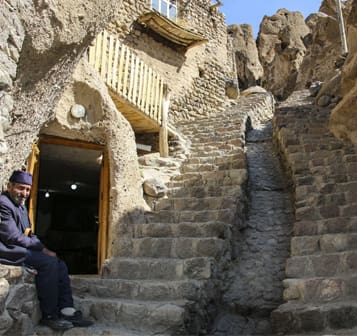
Despite being located close to a modern city like Tabriz, after several thousand years it still maintains its originality and has experienced the least change in its simple and primitive lifestyle. Some archaeologists estimated the origins of this village to date back 3,000 years, while another group estimated it to be 6,000 to 7,000 years.
In 1997, the village was inscribed in the country’s Cultural Heritage list.
Chile Pisco Elqui Village
Pisco Elqui is a Chilean village located within the Elqui Valley, at an altitude of approximately 1300 meters above sea level. It is situated in the Paihuano commune in the Coquimbo Region.
Pisco Elqui is the village that has upheld the designation of origin for pisco since 1931, and it changed its name from “La Unión” to “Pisco Elqui” in 1936.
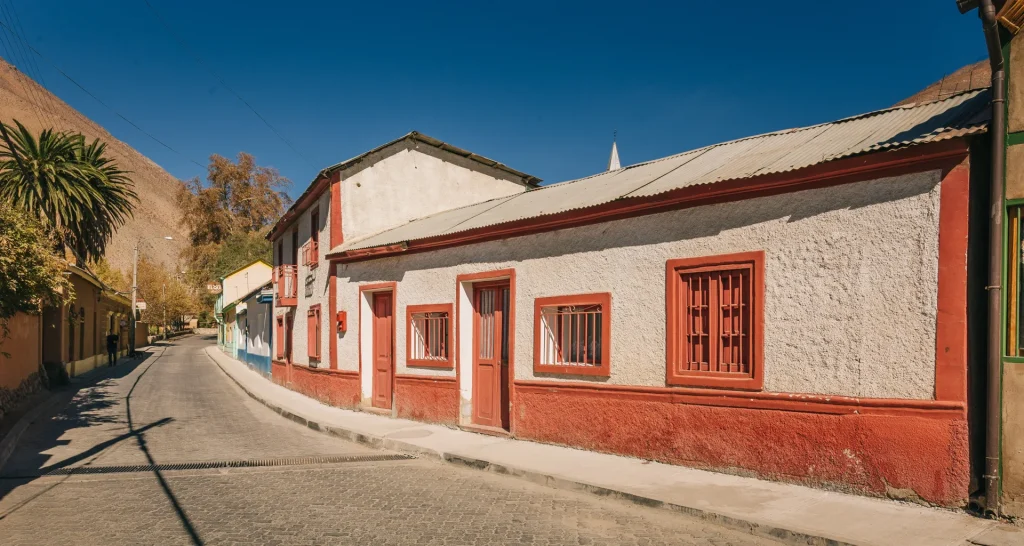
The village is home to Chile’s oldest distillery, as well as artisanal distilleries and well-known brands. The wineries have organic vineyards and some of the highest-altitude plantations in Chile, specializing in wines made from the Syrah grape variety.
Pisco Elqui is the birthplace of Nobel Prize winner Gabriela Mistral. The village is part of the “Camino a Gabriela Mistral” Route, which stretches over 150 kilometres, between the coast and the interior valley highlighting the buildings and public spaces related to the life and work of the poet.
Bailes Chinos (Chinese dances), a traditional cultural heritage of the village of Pisco Elqui declared Intangible Cultural Heritage by UNESCO in 2014, are a captivating blend of mixed-race origins and vibrant festivities. These dances are deeply rooted in the local history, with their origins dating back to the 17th century.
Alula Old Town, Saudi Arabia
AlUla County, home to AlUla Old Town, is a place of extraordinary natural and human heritage that, until the last few years, was closed to international tourism. Part of a lush oasis valley that has a backdrop of towering sandstone mountains, AlUla Old Town is a stronghold of the natural and cultural heritage of its people dating back thousands of years.
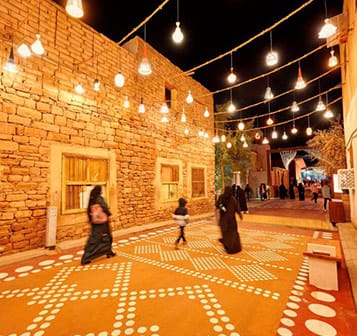
The village of AlUla Old Town is home to more than 900 traditional buildings made from mud brick, 100 of which have already been restored with traditional building methods.
China Dazhai Village
Dazhai village has a history which dates back more than 2,300 years. Located in the high and cold mountainous area in northern Guangxi, with sublime mountains, streams, and forest coverage of 75.6%, it has rich tourism resources, in particular the Longji Terraces, the “Globally Important Agricultural Cultural Heritage” System. It integrates the development of “agriculture and tourism” to promote the protection of terrace cultural heritage and agricultural production by providing cable-car sightseeing of terraces, traditional farming, wetland science education, research, and other experience programs.
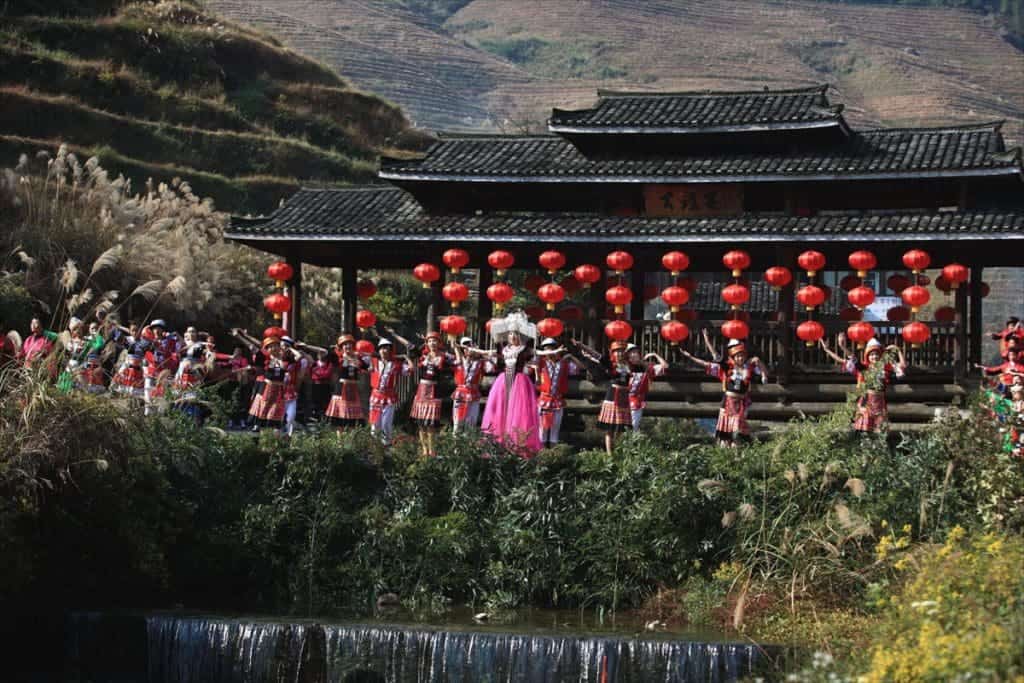
The agricultural heritage of Dazhai terraces is representative of the thousand-year farming culture of ethnic groups. It adopts the most traditional agricultural production methods, which attracts many tourists every year to watch and experience farming cultural activities such as ploughing, harvesting and rice drying.The village is also promoting festivals such as the “Sun Clothes Festival”.
The villages selected to participate in the Upgrade Programme this year are: Asuka, Japan; Baños de Montemayor, Spain
Switzerland Gruyeres Village
The picturesque village of Gruyères gets its charm from the Middle Ages. The pedestrian town welcomes visitors for a gentle stroll, with its cobblestones and its fountains. The village gave its name to the region La Gruyère and its delicious cheese, Le Gruyère AOP. The village is surrounded by the pre-Alps which invite wonderful hikes in the middle of nature preserved by the Region Nature Park Gruyère Pays d’Enhaut, which Gruyères is part of. Mount Moléson, a symbol of the canton Fribourg, lies just a few kilometres from Gruyères.
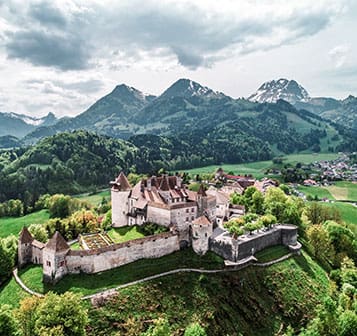
The 13th-century Castle of Gruyères, visible from a distance, dominates the town. It bears witness to the town’s medieval past and does not leave its visitors indifferent. As for the museum and bar of Oscar-winning artist H.R. Giger shows the fantastic works of the creator of Alien’s.
Japan Hakuba Village
Nestled in the pristine Japanese Alps of Nagano Prefecture lies Hakuba, a remarkable destination where tradition seamlessly merges with sustainability. Its story harks back to the birth of the “minshuku” culture—a cherished tradition where local residents, often mountain guides and farmers, warmly welcomed mountaineers and skiers into their homes. Here, travellers not only found shelter but also enjoyed local cuisine crafted from rice and vegetables cultivated on these very farms.
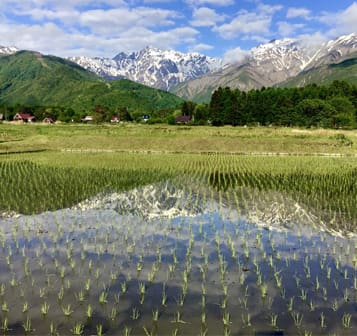
Hakuba Village, known as Hakuba-mura in Japanese, is nestled in Nagano Prefecture, Japan. As of April 1, 2019, it had an estimated population of 9,007 residing in 4,267 households, with a population density of 48 persons per square kilometre. The village is ensconced in the eastern foothills of the Hida Mountains, situated in the northern part of the Japanese Alps.Hakuba has evolved into the epicentre of ten ski resorts offering over 200 ski runs.
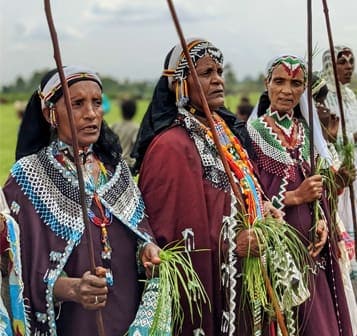
Ethiopia’s Lephis Village
The village is named after the enchanting “Lephis Waterfall”, which crosses a designated dense forest of the “Gambo Forest Zone” administered by the Oromia Forest and Wildlife Enterprise. The village mainly represents the locality as a brand community-based tourism initiative, Lephis Ecotourism Village.
The “Lephis Ecotourism Village” stands out as a notable community tourism initiative, supported by the Ethiopian Sustainable Tourism Alliance (ESTA), which has successfully navigated an organized project design, feasibility studies, and active community engagement. This accomplishment has not only led to the site’s prominent recognition but has also earned it acclaim at the national level.
Lephis has been established as a unified tourism community who are creative enough to produce and supply local tourism products.
The call for submissions for the fourth edition will take place in the first months of 2024, opening a new opportunity for rural destinations to shine on the global stage.
Read more: News



